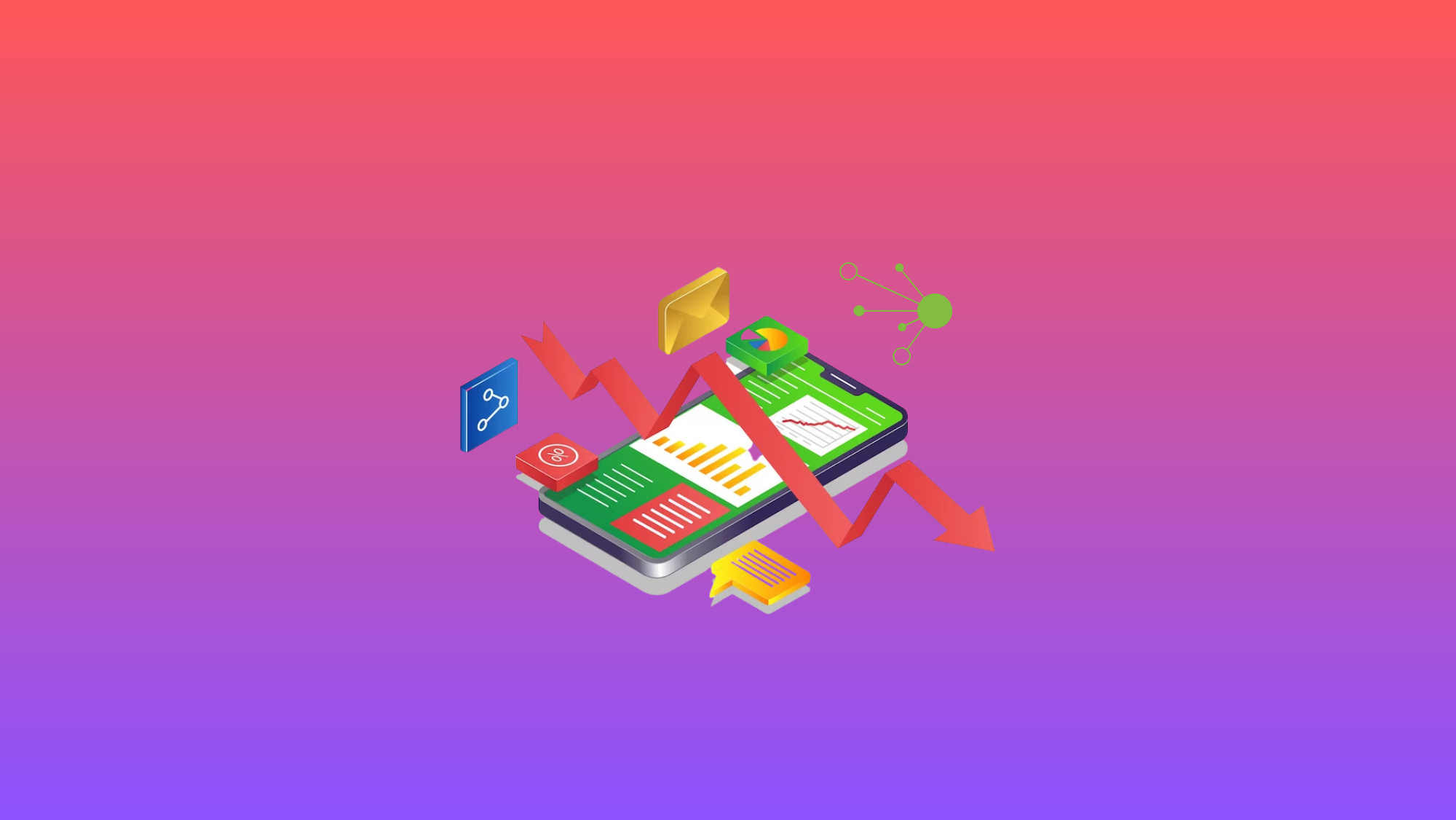Mastering Looker: A Guide to Data Analytics and Visualization
Introduction:
In today's data-driven world, organizations are constantly seeking ways to unlock the full potential of their data. Looker, a leading business intelligence and data analytics platform, offers a robust suite of tools and features to explore, analyze, and visualize data effectively. This blog serves as a comprehensive guide to mastering Looker's capabilities, providing insights into data analytics and visualization techniques that will empower you to make informed decisions and drive business growth.
1. Understanding Looker's Foundations:
To begin mastering Looker, it's crucial to grasp the platform's foundations. We'll dive into Looker's architecture, understanding how it connects to data sources, organizes data models, and presents insights through dashboards and reports. This section will give you a solid understanding of Looker's components and workflow.
2. Connecting to Data Sources:
Looker allows users to connect to various data sources, such as databases, cloud platforms, and APIs. We'll explore the different methods to establish these connections, ensuring seamless access to your organization's data. You'll learn how to navigate Looker's interface and set up connections efficiently.
3. Exploring Data with Looker:
Looker provides powerful tools to explore and analyze data. We'll cover the basics of writing queries in Looker, utilizing LookML (Looker Modeling Language) to define data models, and implementing advanced features like filtering, aggregations, and joins. This section will equip you with the skills to extract valuable insights from your data using Looker's querying capabilities.
4. Visualizing Data with Looker:
Data visualization is a key aspect of Looker, allowing you to create compelling and interactive visualizations that convey insights effectively. We'll explore Looker's visualization options, from basic charts to advanced visualizations, and learn how to customize and design visually appealing dashboards. You'll discover techniques to present data in a meaningful and impactful way.
5. Advanced Analytics and Collaboration:
Looker offers advanced analytics features to perform complex calculations, statistical analysis, and predictive modeling. We'll delve into these capabilities, exploring Looker's embedded analytics functions, advanced LookML techniques, and integration with external analytics tools. Additionally, we'll highlight the collaborative aspects of Looker, enabling teams to share insights, collaborate on dashboards, and promote data-driven decision-making across the organization.
Conclusion:
Mastering Looker is a journey that enables organizations to harness the power of their data and make data-driven decisions with confidence. By understanding Looker's foundations, connecting to data sources, exploring and visualizing data effectively, and leveraging advanced analytics features, you can unlock valuable insights and drive business growth. Looker's intuitive interface and powerful capabilities make it an indispensable tool for data analytics and visualization. By following this comprehensive guide, you'll gain the skills and knowledge to maximize the potential of Looker and elevate your data-driven decision-making capabilities.
You May Also Like
These Related Stories

Mastering Data Integration: Top 5 Talend Features You Need to Know

The Ultimate Guide To PL-300T00: Excel In Power BI Data Analysis



No Comments Yet
Let us know what you think